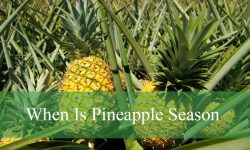Is cactus a fruit or vegetable? This puzzle reminds me of the last time I went camping in the Mojave Desert last summer. My packed veggies and fruits got depleted since I extended my stay in the desert. Foraging for desert fruits and veggies was the only means to survive.
Cacti are plant species that can survive in extremely dry and hot habitats since they can store large amounts of water in their succulent stems. But they have become popular houseplants due to their unique appearance and low maintenance requirement.
Some cacti species are edible and others are poisonous. You need to be careful while foraging edible parts of cacti since the sharp spines are dangerous. I wrote this post to share the nutrition of cacti and to answer the question. Let’s dive in:
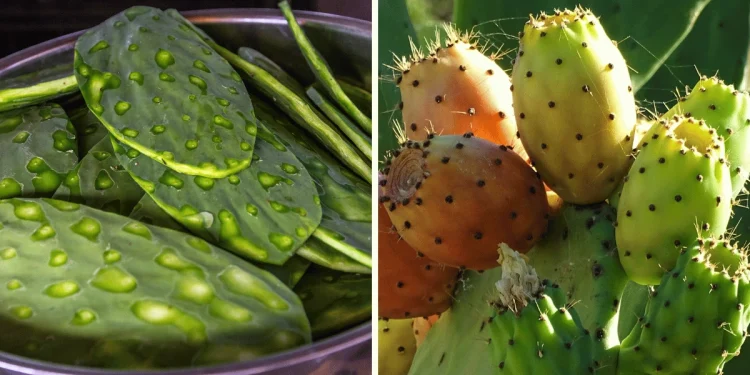
What Is Cactus? (Also Called Prickly Pear or Peyote)
A cactus is succulent plant species that belong to the Cactaceae plant family. These succulent plants thrive in hot and dry regions of North and South America. Cacti are used to make dish varieties among some communities in South America.
You are likely to stumble upon cacti in salads, vegetable dishes, soups, and desserts. But many people still think cacti are inedible due to their prickly spines. Besides that, cactus classification is still a puzzle since it depends on different contexts.
Some cacti species are edible and others are toxic. Take your time to research before foraging for edible cactus parts while camping. These plants have edible pads and fruits that happen to be excellent treats for humans.
Is Cactus a Fruit or Vegetable?
Cactus can be classified as both a fruit and a vegetable. Some cacti species produce fruits when they mature. These fruits have seeds and develop from flowers that can be pollinated. The fruits are sweeter than vegetables and excellent treats in the desert.
Some cacti species have edible parts not termed fruits. Opunti is an excellent cacti species with pads that can be eaten in salads. Vegetables are edible parts of plants like leaves, bulbs, stems, roots, and flowers.
These pads do not have seeds to be classified as fruits. Despite not tasting sweet, they contain more fibers ideal for healthy digestion. Avoid foraging pads and fruits from cacti species under the poisonous category for your well-being.
Can You Eat Cactus Fruits or Pads?
Cactus fruits and pads are edible. But we recommend removing the sharp spines from the pads before cooking since they can harm your mouth.
Not all cacti fruits and pads are edible. We have species that are poisonous for human consumption due to toxic elements that can cause stomach problems.
Roots, stems and leaves are inedible parts of cactus. Fruits are my favorite parts since they are sweet and delicious. You can peel the fruit and eat it raw or squeeze it to produce fruit juice.
You may wash the pads before boiling, frying, or grilling. I recommend adding sauce to improve the flavor, though pads have a mouth-watering taste.
What Are The Health Benefits of Eating Cactus?
Cactus fruits and pads are safe to eat. Some cacti species are a staple food for Latin American cultures due to their nutritional benefits.
The pads and fruits are rich in high fibers that help reduce body fats and blood pressure. The cactus fruits have vitamins and minerals that help reduce body inflammation.
The vitamins in the fruits also help boost the immune system and reduce blood sugar. Be sure to include the pads in your salad and eat the fruits once a week. (Source: WebMD)
5 Types of Cacti with Edible Fruits
Many cacti species bear fruits but not all are edible. Below is a list of edible cacti fruits that you might consider:
Bilberry Cactus (Myrtillocactus geometrizans)
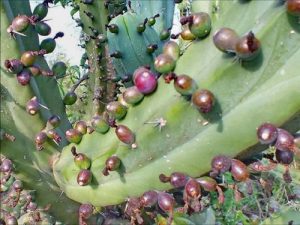
It is a cactus species native to Northern and Central Mexico. It produces edible fruits that are popular in many Mexican markets for consumption.
This fast-growing cactus is highly grown for ornamental purposes. Besides that, it is hardy and requires minimal care routines.
Organ Pipe Cactus (Stenocereus Thurberi)
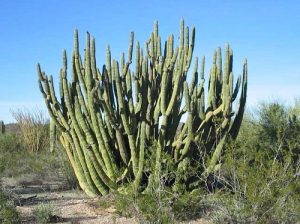
The cactus species is a native of Southern Arizona and Mexico. The cacti grow up to 16-26ft tall and feature several tall columnar arms arising from the base.
The stems range from green to gray with brown spines. The plant produces red fruits that are sweet and fleshy. These fruits are called pitaya dulce or sweet pitaya.
Peruvian Apple Cactus (Cereus Repandus)
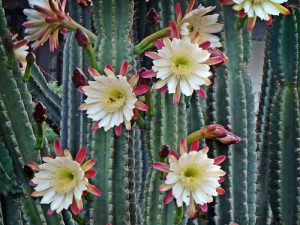
It is a fast-growing rare succulent plant known for its delicious fruits that look like apples. The cacti species produce white flowers in summer that open at night.
A mature Peruvian apple cactus has a prominent ribbed column stem with brown spines. These cacti species are native to South America.
Saguaro Cactus (Carnegia Gigantea)
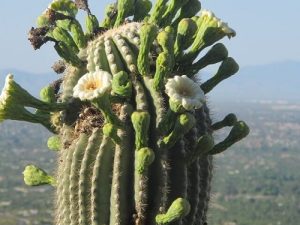
It is the largest cactus species in the United States of America. Mature Saguaro cactus develop branches that never grow and thy bend upward.
The plant is covered with protective spines and produces white flowers in late spring. Red fruits develop from the flowers in the summer. The plant has a lifespan of 150-200 years.
Prickly Pear Cactus (Opuntia Cactus)
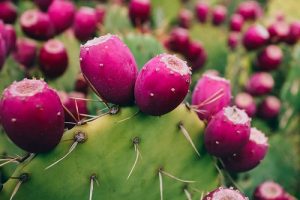
It is the most popular cacti species since both the fruits and leaves (pads) are edible. Growing the cacti species is simple due to low maintenance requirements.
Ripe fruits can be consumed while raw or eaten straightaway after picking. We recommend removing the sharp spines from the pads before cooking in curry.
My Final Thoughts on Cactus Fruits or Vegetables
So, is cactus a fruit or vegetable? Edible cactus is both a fruit and vegetable. The plant produces fleshy and delicious fruits rich in numerous health benefits. It also has pads that can be cooked or added to salads.
We recommend identifying cacti species with edible fruits and pads. Some species contain toxic elements that can cause stomach problems after eating. Research on what cactus is not edible and what edible cactus benefits.
People Who Read This Also Read:






